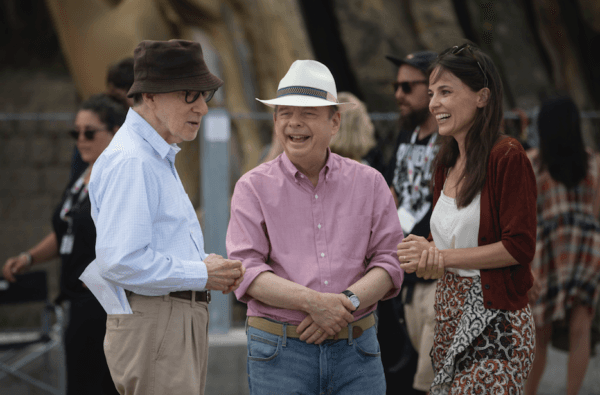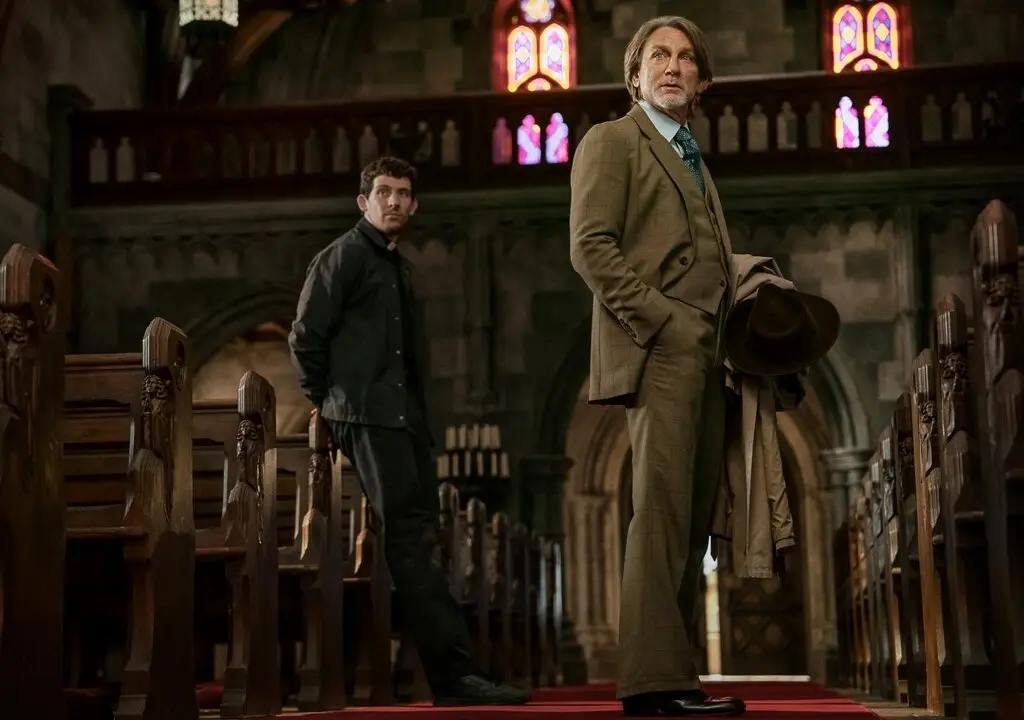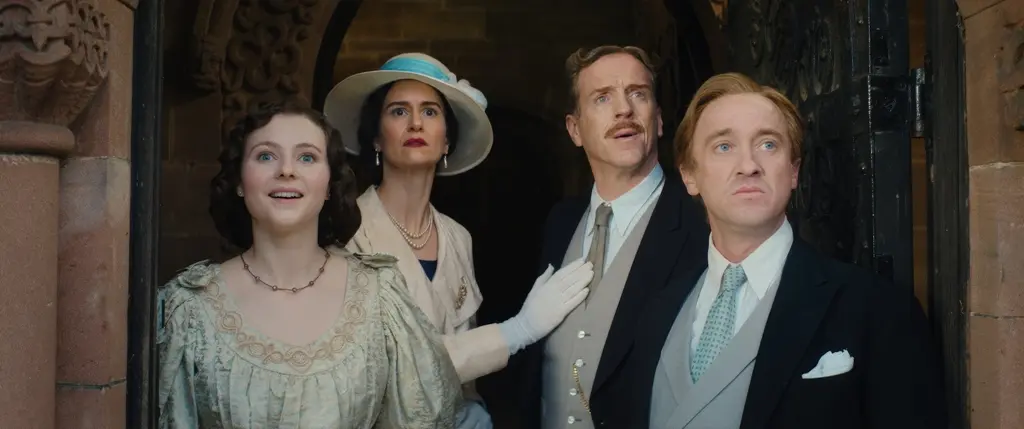Over the past 55 years, Woody Allen has directed 49 features for 18 different distributors and has amassed a modest but (mostly) loyal following. For a number of reasons, few people outside of Allen’s fan base and movie critics see his films. Some don’t like his style, some don’t care for his sense of humor and assorted perceived neuroses, while others simply don’t care for him as a person.

(L–R) Director Woody Allen with Wallace Shawn and Elena Anaya on location in "Rifkin's Festival." Gravier Productions





